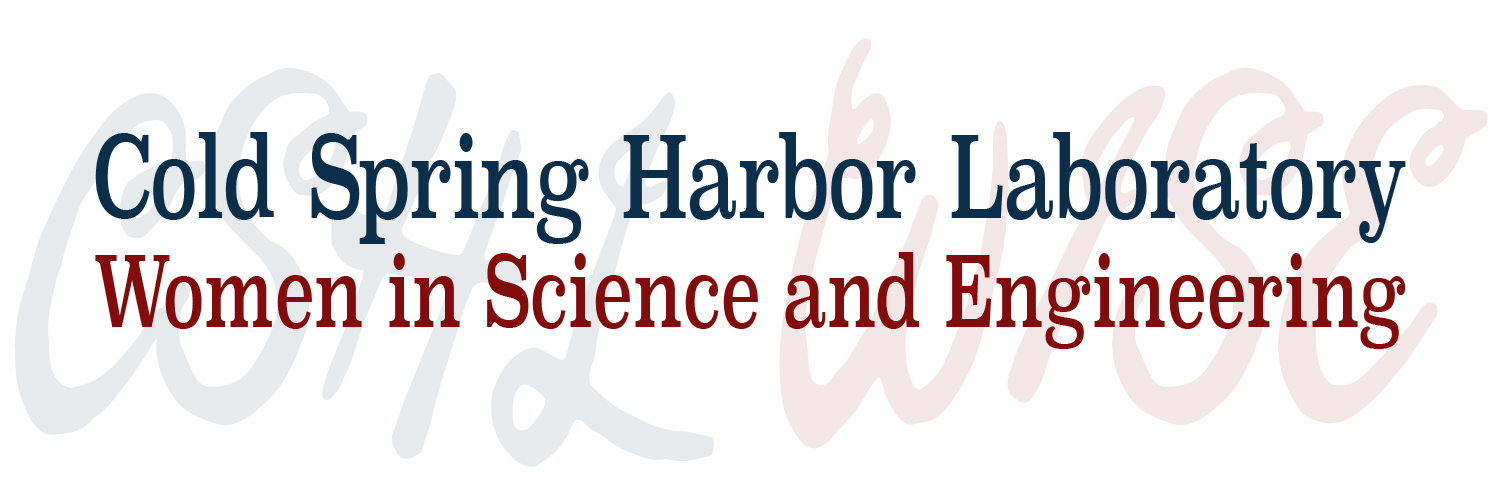 Chemical engineer Paula Hammond (nee Goodwin) was born in Detroit, Michigan in 1963 and earned a PhD from Massachusetts Institute of Technology (MIT), where she’s remained ever since, currently as head of MIT’s Department of Chemical Engineering (the first woman and the first person of color to serve this role).
Chemical engineer Paula Hammond (nee Goodwin) was born in Detroit, Michigan in 1963 and earned a PhD from Massachusetts Institute of Technology (MIT), where she’s remained ever since, currently as head of MIT’s Department of Chemical Engineering (the first woman and the first person of color to serve this role).
Her work has applications spanning many directions, but central to them is the design of polymers, chains of similar molecules (polymers can be anything from plastics made in a factory to sugars and proteins made by the cells in your body). Hammond is especially interested in making synthetic polymers with biological applications, such as transporting cancer-fighting drugs to tumors by coating them in “stealth polymers” that trick the body into thinking they’re water; or safely delivering RNA to cells to up- or down-regulate the expression of genes. She cofounded MIT’s Institute for Soldier Nanotechnology, which is working to design materials like sprays and sponges that can quickly deliver protein-clotting molecules and antibiotics to wounded troops on the ground.
She also cofounded and serves as Director of a biotechnology company, LayerBio, which is investigating the use of the “layer by layer” (lbl) synthesis techniques she’s an expert in, which builds up films of oppositely charged layers, to manufacture “drug delivery films” that can coat wounds, injured nerves, etc. and continuously release molecules that help with healing.
In addition to these (and other) biological applications, her lab studies the use of polymers to build thin batteries and fuel cells.
The careers of women in science are often disproportionately held back by childcare responsibilities, but Hammond was fortunate to have the help and support of colleagues (as well as a strong personal drive and love of her work) and successfully navigated having a child while in grad school followed by spending her first five professorial years as a single mother after a divorce.
Hammond’s numerous honors and awards include election into the American Academy of Arts and Sciences in 2013, the National Academy of Medicine in 2016, and the National Academy of Engineering in 2017. She also received the Ovarian Cancer Research Program Teal Innovator Award from the U.S. Department of Defense (DoD) in 2013.
If you want to learn more about Hammond’s work, she gave a great TED talk in 2015: https://bit.ly/2PvkTCc
Photo credit: MIT
[sharethis-inline-buttons]
